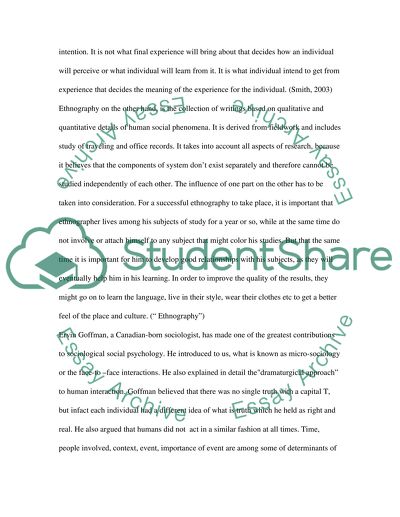Cite this document
(Interactionism and Reflexivity Essay Example | Topics and Well Written Essays - 2250 words, n.d.)
Interactionism and Reflexivity Essay Example | Topics and Well Written Essays - 2250 words. Retrieved from https://studentshare.org/sociology/1539895-comparecontrast-assignment
Interactionism and Reflexivity Essay Example | Topics and Well Written Essays - 2250 words. Retrieved from https://studentshare.org/sociology/1539895-comparecontrast-assignment
(Interactionism and Reflexivity Essay Example | Topics and Well Written Essays - 2250 Words)
Interactionism and Reflexivity Essay Example | Topics and Well Written Essays - 2250 Words. https://studentshare.org/sociology/1539895-comparecontrast-assignment.
Interactionism and Reflexivity Essay Example | Topics and Well Written Essays - 2250 Words. https://studentshare.org/sociology/1539895-comparecontrast-assignment.
“Interactionism and Reflexivity Essay Example | Topics and Well Written Essays - 2250 Words”. https://studentshare.org/sociology/1539895-comparecontrast-assignment.


